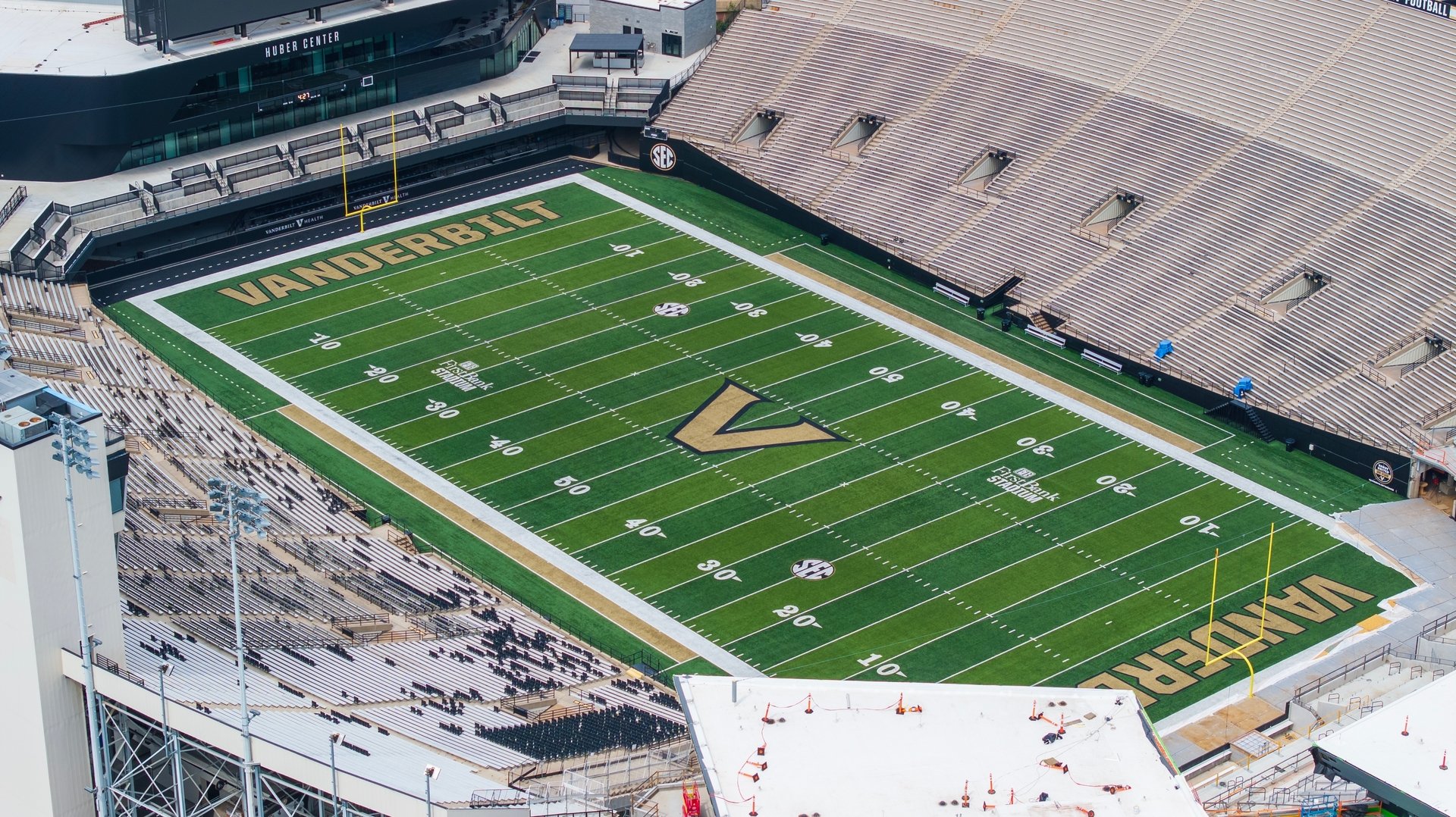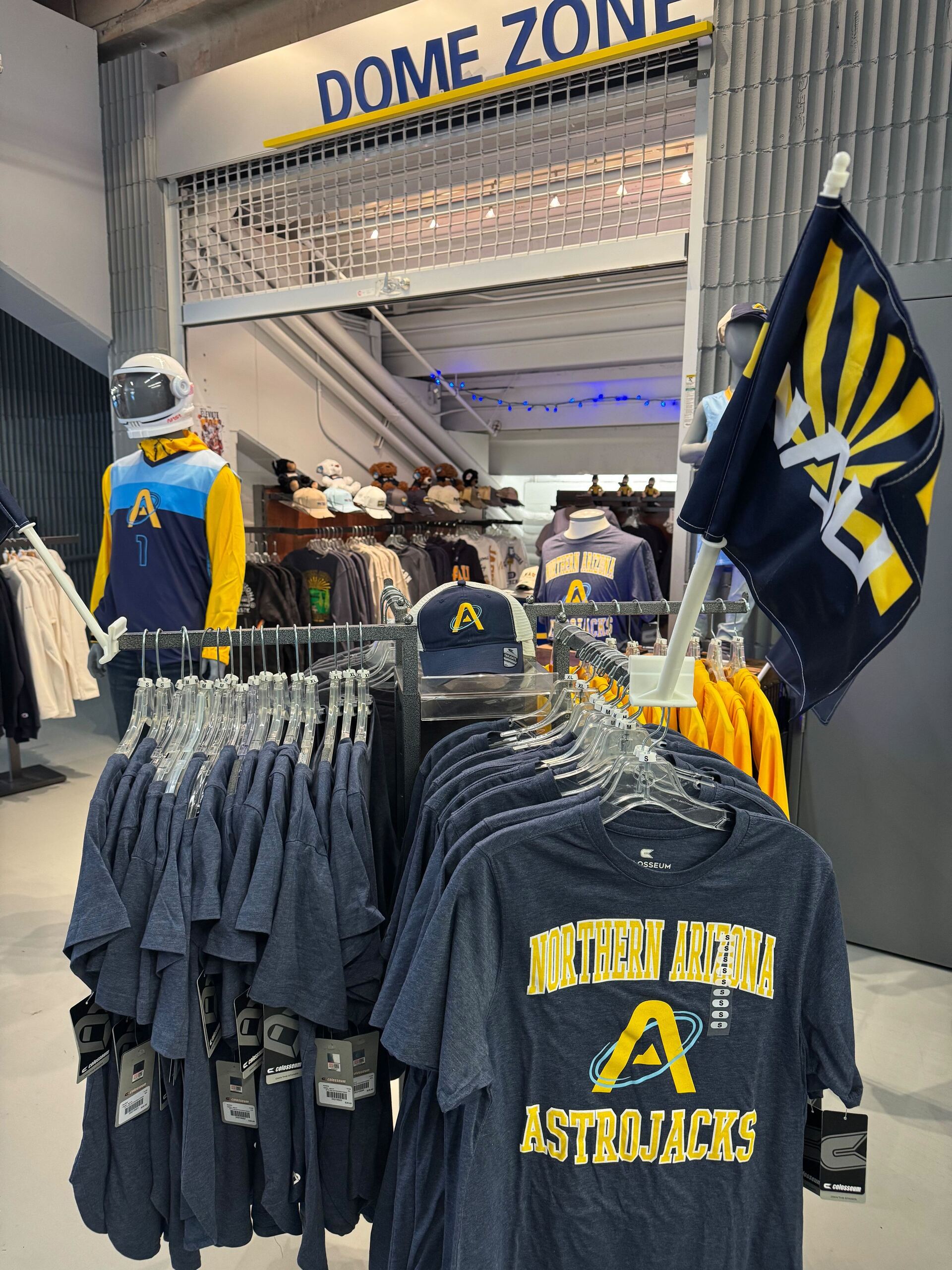Good morning, and thanks for spending part of your day with Extra Points.
There are no good days to get the stomach flu and be incapacitated for a few days, but it does appear that I picked a particularly bad time. In the past 48 hours, we’ve seen two other NIL bill proposals in the Senate, an ambitious proposal from some NIL collectives to facilitate revenue sharing with athletes, and Big Ten Football Media Days.
And…of yeah. Colorado just bolted the Pac-12 for the Big 12. The Buffs will begin Big 12 play next year, in the 2024-2025 academic season.
This will be a quickly moving story, since Colorado’s decision potentially not only impacts the remaining Pac-12 membership, but the Big Ten, ACC, several G5 conferences…and potentially others.
But I’ve been following this whole ordeal long enough to have a few immediate questions and thoughts about what this move means, and what happens next
It’s a little strange that the most important school in this new realignment cycle, Colorado, isn’t exactly a premium athletic department at the moment
Colorado football has a proud history and plenty of fans. The program won a national title (1990), a Heisman Trophy (1994), and claims over 650 wins. But if you’re in your mid-thirties or younger, you’d have no lived memory of any consistently very good Colorado team.
Colorado football has won double-digit games exactly twice since the year 2000. Over the last 20 years, Colorado football is 98-156. Over that same time period, San Diego State (to pick a school at random), is 145-118-And I’m not picking on some random ugly years in mid 2000s here…the Buffs won just a single game last season.
Basketball hasn’t been that much better. Men’s basketball has six tournament appearances in twenty years, and earned a seed better than eight just once. They’ve finished in the AP Top 25 just once. The women’s team is a little better, with seven NCAA bids since 2002, and may be on the upswing here, but they’re hardly a dominant team.
Colorado’s geography doesn’t scream a massive advantage to me either. They’re in the Mountain Time Zone, (so they won’t make the Big 12 a four-time-zone league), but they’ll (likely) increase the travel obligations for teams like WVU and UCF. And hey, Boulder is still like, 500 miles away from Provo. That’s not exactly a hop, skip, and jump by bus.
The other schools that have left one power conference for another, typically, have been able to hang their hat on a higher level of athletic success than Colorado has enjoyed. Everybody involved seems to be making a bet that under new athletic leadership and new schedules, Colorado’s ceiling can become much higher…but that is no sure thing.
How did the Pac-12 mess this up so much?
It’s going to be popular to point fingers at Pac-12 commissioner George Kliavkoff, and on some level, that’s probably warranted. After all, the guy did just get in front of a podium and tell the world that he saw all of the Pac-12 schools as “committed” to each other, and wasn’t worried about anybody leaving.
Getting a TV done takes a lot of time, and the Pac-12 was forced by USC and UCLA’s departure to go to the marketplace at probably the worst time for anybody in the last 40 years. I don’t think it’s Kliavkoff’s vault that the LA schools left, or that now would be the time when broadcast partners worried about overspending on media rights. It wasn’t Kliavkoff’s fault that Larry Scott left the league in bad shape.
But it was Kliavkoff’s decision to mostly be silent over the last year, while Big 12 affiliated interests went on the attack. It was Kliavkoff who set public expectations that did not match the reality of their broadcast conversations. And at some point, the inability to respond to the Big 12’s coordinated efforts has to fall on him and his staff.
In my opinion, though, the buck shouldn’t stop there. Conference commissioners serve at the pleasure of university presidents, and Pac-12 presidents were more than happy to set public deadlines or expectations that were not aligned with what was actually happening. Pac-12 presidents had the chance to take some of the Big 12 schools a few years ago, or could have done any number of other things to regain control of the story. They didn’t.
Now, the league is in a dire position. They’ll need to quickly expand to at least ten teams in order to deliver enough TV inventory, as well as project some semblance of stability. Whatever leverage they might have developed with broadcast partners is probably out the window now…if it existed to begin with.
On the field, losing Colorado isn’t the end of world. In fact, there’s a real argument to be made that swapping Colorado for San Diego State would be a competitive net benefit for the Pac-12. But off the field, it’s a different story, and its hard not to see this defection as potentially ruinous for the Pac-12.
So what happens next?
I don’t think this cycle is over yet. Brett McMurphy reported on Thursday that the Big 12 would like to get to an even number of teams, either by flipping additional Pac-12 schools like Arizona, Arizona State and Utah or by grabbing a G5 program like UConn, San Diego State, Memphis, or UNLV. For what it’s worth, I’ve had more industry chatter about UConn potentially making the move than I have anybody else, even Arizona.
If Colorado was tired of waiting for firm numbers on a media deal, I’m inclined to assume that a “good enough” deal offer doesn’t exist right now…and that Colorado’s decision could force folks at other Pac-12 schools to reevaluate their options. The Pac-12’s official statement, released Thursday evening, does not fill me with confidence either.
Could we see a world where the Pac-12 does staple together some sort of media plan in time to keep the other nine schools around, and then they add San Diego State and survive for a few more years? Sure. Could Arizona jump to the Big 12 in the next month, with Utah and ASU potentially to follow? It’s possible. Could the Big 12 add UConn and Gonzaga and hang tight for a year or two? Sure. Could the ACC somehow become a factor in this game of musical chairs? Can’t rule anything out yet.
I’ll hit the phones some more and see what else I can track down that I feel really comfortable sharing. For now though…I’m inclined to think this decision is the start of a bigger realignment shuffle, not a one-off move.
Here’s what else we did this week:
I dug into the proposed College Athlete Protection & Compensation Act, one of many proposed NIL bills last week. There are some good, some bad, and some major questions that I think need to be answered by anybody seeking to speak on behalf of athletes.
Speaking of the College Athlete Protection & Compensation Act…one of our regular guest contributors thinks that actually, a core part of the bill is unconstitutional. Here’s why.
I did a podcast with my friends, the Sicko Committee. Where discussed D-III football, how we figure out what to cover, the blood and guts behind ADS3000, and more.
I called up the AD at D-III SUNY Morrisville to talk about their new black football field…why they did it, and why they’re confident that their athletes aren’t all going to get barbecued in the summer heat.
And oh yeah, we released Athletic Director Simulator 3000 last week. I’ve since added two new updates to the game, and will have another going live tomorrow morning.
We’ve got some original reporting and other cool things to share next week. I’m going to go pound another Gatorade and take a nap. Thanks for reading everybody.
If you’d like to buy ads on Extra Points OR in ADS3000, good news! They’re affordable, and we have openings this season. Drop me a line at [email protected]. If you have news tips, I’m at [email protected]. Otherwise, I’m at [email protected], @MattBrownEP on Twitter, @ExtraPointsMB on Instagram, and @MattBrown on Bluesky.



















